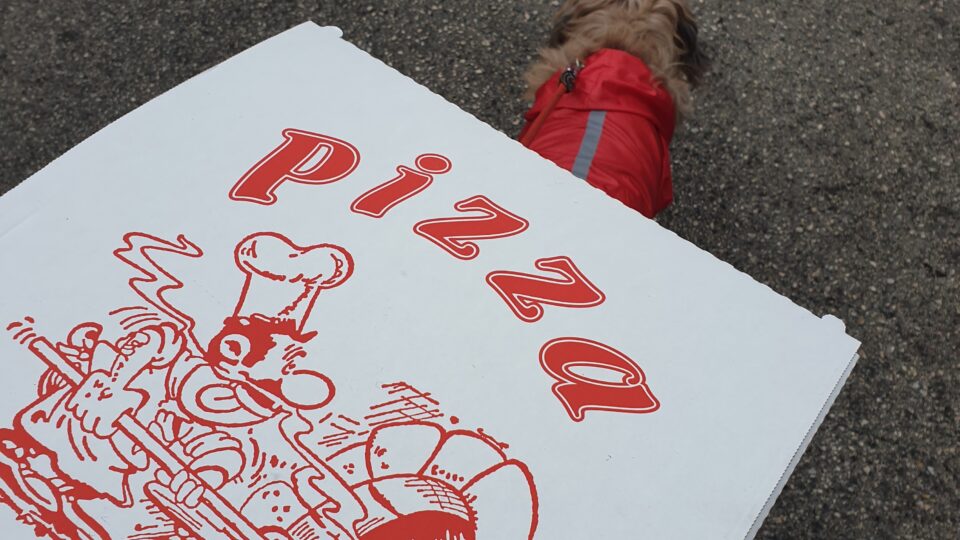Using the Mindset of “Good, Better, Best”
Consider the following situation. It’s your first day following a long week at work. After successfully waking up without an alarm clock, you decide to get up and go for a walk instead of laying in bed. After your walk, you make a protein shake, ignoring the doughnuts that are sitting on the kitchen counter.
You’re feeling pretty pleased with your morning productivity and healthy decisions. Then, lunchtime rolls around, and a friend you haven’t seen in a while invites you to Starbucks for a coffee. You figure you’ll just order an Americano with a splash of cream and enjoy the company of your friend, followed by lunch at home so you can stick to your healthy eating plan.
At Starbucks, you notice the pastry display, and the lemon loaf looks too good to pass up. You order the loaf to go with your coffee and before you know it the loaf is gone. You’ve been so busy enjoying the conversation and company of your friend that you feel nourished mentally, but physically you feel different.
On your drive home, you start to feel guilty about your afternoon out. You start to convince yourself that you’ve “blown it” for the day, and your decisions moving forward don’t matter. You’ll start fresh tomorrow, or maybe even Monday, and you move mindlessly throughout the rest of your day.
Does this way of thinking feel familiar to you? Do you feel like you have to be all in, or all out, on this “healthy thing” to see results? What if you can be somewhere in the middle? Is there a choice that sits somewhere between “all in” or “all out”?
This is where I’d like to present the mindset idea often referred to as “good, better, best” to you. The concept, or mindset, known as “good, better, best” allows you to stay on track by recognizing that perfection isn’t a goal to be sought after. Instead, you give yourself some grace and compassion knowing that circumstances can change your percentage of goal achievement, or general focus, and you make adjustments.
Good, better, best allows you to embrace the middle ground by evaluating your various choices and making the best choice possible given the circumstances. Sometimes the best choice isn’t possible, but good or better is.
Here’s “how good, better, best” may look:
- Best: What you define as your perfect day, which may include hitting 10k steps, eating protein at every meal, drinking 100 ounces of water, and getting to bed by 10 pm. Your schedule is free and clear, and you don’t have any outside commitments. Focusing on yourself is 100% do-able and realistic.
- Better: The day was a busy one, so “best” is going to be harder to achieve. You hit 8k steps, start off the day with a protein shake, drink 90 ounces of water, and get to bed by 10:30 pm. You had a few appointments on your calendar, and your work day ran a bit long, so you had to get to bed a bit later, and you didn’t have a chance to incorporate a walk during your break.
- Good: Today has been a challenge. You got in 6k steps, skipped breakfast and fell short on protein at lunch, got 80 ounces of water, but still got to bed by 10 pm. The kids were running late for school, so you got into the office later than planned. You didn’t take any breaks at work, and you left your water bottle at home. You ate the lunch provided by the office which you’d normally pass on, so your protein was low.
Here’s how you can test out the waters with “good, better, best” for yourself:
- Consider the absolute worst choice and the absolute best choice you can make in any given situation that is related to your personal goals.
- Using a scoring system of 1 to 10 (1 being the worst choice and 10 being the best choice), think about a choice that lands somewhere in the middle of your two scores.
- What choice would lead to a 10 and what choice would lead to a 1 after considering the middle ground?
With this scoring system you can identify what your “good, better, best” looks like in a more specific way. For example, if eating the lunch you packed is the best choice, and going out for pizza can be made into a good choice, what may be a better choice? Rather than splitting a pizza with your friend, you can order smarter.
You can order a salad first for extra fiber (maybe even toss some extra protein on top), and then limit your pizza to 1 slice that is loaded up with higher protein options with plenty of veggies. See how the better choice could integrate a bit of both – pizza and salad? You can leave the pizza joint feeling full, satisfied, and happy.
By embracing the middle ground, we can find ways to juggle our values, especially if these values are seemingly at odds with one another. By using the mindset of “good, better, best” there isn’t a “going on” or “going off” of your plan. There is no need to “go all in” to see results.
If you’ve been stuck in an “all or nothing” mindset, try shifting to “good, better, best” and see if you actually notice you are able to make progress in a more sustainable and realistic way! We’d love to know how this concept works for you once you test it out!
Photo by Tina Xinia on Unsplash

